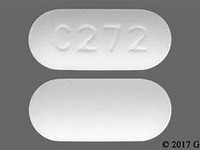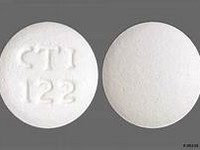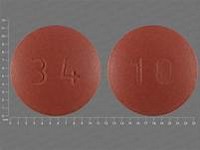interferon beta

interferon beta
CLINICAL USE
Treatment of relapsing, remitting multiple sclerosisDOSE IN NORMAL RENAL FUNCTION
Interferon beta-1a:Avonex: 6 million IU (30 micrograms) once a weekRebif: 22–44 micrograms 3 times a week Interferon beta-1b:Betaferon: 8 million IU every second dayPHARMACOKINETICS
DOSE IN RENAL IMPAIRMENT
GFR (mL/MIN)
DOSE IN PATIENTS UNDERGOING RENAL REPLACEMENT THERAPIES
IMPORTANT DRUG INTERACTIONS
Potentially hazardous interactions with other drugsCiclosporin and tacrolimus: interferon reported to reduce the activity of hepatic cytochrome P450 enzymesADMINISTRATION
Reconstition
With diluent providedRoute
IM (Avonex), SC (Rebif, Betaferon)Rate of Administration
–Comments
Stable for 6 hours at 2–8 oC once reconstitutedOTHER INFORMATION
Pre-treatment with paracetamol is recommended to reduce incidence of flu-like symptomsVary the site of injection each week Rare cases of lupus erythematosus syndrome have occurredTransient increases in creatinine, potassium, urea, nitrogen and urinary calcium may occurInterferon up-regulates the cell surface presentation of class II histocompatibility antigens, which raises the possibility of drug-induced allograft rejection. There are numerous clinical reports of allograft rejection, acute renal failure and graft loss after interferon therapy. Hence extreme care should be exercised in the use of interferon after renal transplantationInterferon is metabolised primarily in the kidney. It is excreted in the urine, but is reabsorbed by the tubules where it undergoes lysosomal degradation. In patients undergoing haemodialysis, the interferon molecule may accumulate as it is too large to be dialysed and will not undergo renal degradation. Hence, the dose may need to be adjusted.
See how to identify renal failure stages according to GFR calculation
See how to diagnose irreversible renal disease
Home








